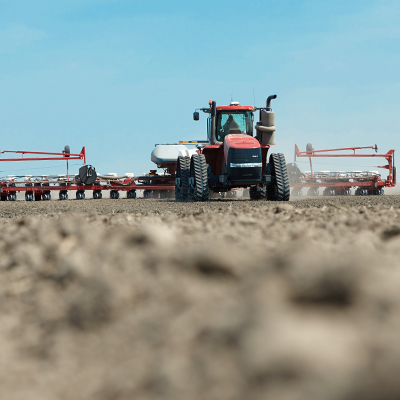How the U.S. Soybean Industry is Targeting China, Japan and Other Key Foreign Markets
Considering some 60% of U.S. grown soybeans are exported in the form of bean, meal, or oil., the state of world is critical to the success of America soybean farmers, writes Dan Jacobs at AgriBusiness Global. In addition to the usual challenges – weather, MRLs, regulations, pests of all sorts, 2020 has added COVID-19 (coronavirus), tariffs, and trade agreements.
The U.S. Soybean Export Council (USSEC) was created to differentiate, build a preference for, and ensure market access for U.S. soy, says CEO Jim Sutter. “We’ve been trying to diversify markets. We’ve got a big presence in China. We’ve been working in markets all around the world, and we’re very appreciative of U.S. farmers and the way they produce the crop sustainably. That is a great thing for us to be marketing.”
The USSEC works in countries around the world to expand access for U.S. soy growers. It’s not about building the soy markets in those countries. It’s about bringing U.S. soy to those markets, which often means ensuring foreign governments and growers that it’s not about replacing native producers.

Jim Sutter, CEO U.S. Soybean Export Council
“If the government is not supportive of what it is that we’re doing, we better tread very lightly,” Sutter says. “And, in some of these places they produce a few soybeans themselves. We try not to go in and give the impression, we’re going to put their producers out of business. We want to work with their poultry industry; we want to work with their feed industry — improve the hygiene or feed safety, improve the way they produce their poultry, grow demand, but don’t put their producers out of business.”
It’s a matter of supplementing what native growers produce. The USSEC team meets with officials from a given country’s department of agriculture to explain the organizations intentions. The group also seeks guidance from the USDA’s Foreign Agriculture Service to learn how to best work in that country.
Crop Inputs
The more sophisticated the market, the more likely crop inputs will be part of the conversation.
“We talk to them about the changes that are happening in the U.S. and how it’s becoming more sustainable,” Sutter says. “Also, we focus on market access. There, part of what we do is play defense. Maximum residue levels (MRLs) are being set by various countries around the world. We need to make sure they’re not at levels that don’t work for our farmers, and that they’re being consistent with Codex (Alimentarius) and with their WTO (World Trade Organization) obligations.”
Continue reading at AgriBusiness Global.





